The rubber plant, scientifically known as Ficus elastica, is a popular indoor and outdoor plant known for its attractive foliage and ease of care. Here is some detailed information about the rubber plant:
- Description: The rubber plant is a large evergreen tree that can grow up to 30 meters (100 feet) tall in its native habitat. As a houseplant, it is usually kept smaller, typically reaching heights of 1 to 3 meters (3 to 10 feet). The plant has thick, glossy, leathery leaves that are usually dark green, although there are cultivars with variegated or burgundy-colored leaves.
- Native Range: The rubber plant is native to Southeast Asia, specifically India, Nepal, Bhutan, Myanmar, China, Malaysia, and Indonesia.
- Growth Habit: In its natural habitat, the rubber plant develops an upright growth habit with a single trunk. As a houseplant, it is often grown with multiple trunks for a bushier appearance.
- Indoor Care: When grown indoors, the rubber plant requires bright, indirect light. It can tolerate some degree of low light but may not grow as vigorously. Direct sunlight can scorch the leaves, so it’s best to avoid placing it in intense sunlight. The plant prefers a temperature range of 18-24°C (65-75°F) and appreciates a slightly humid environment. Regular watering is necessary to keep the soil lightly moist, but overwatering should be avoided to prevent root rot.
- Outdoor Care: In suitable climates (USDA hardiness zones 10-12), the rubber plant can be grown outdoors as a landscape tree. It prefers a warm and humid climate, well-drained soil, and partial shade to filtered sunlight. The plant benefits from regular watering, especially during dry periods.
- Propagation: Rubber plants can be propagated through stem cuttings. Take a cutting from a healthy plant, remove the lower leaves, and place it in a container of water or a well-draining potting mix. Once roots have developed, the cutting can be transferred to a larger pot.
- Air Purifying Qualities: The rubber plant is known for its ability to purify indoor air by removing toxins such as formaldehyde and volatile organic compounds (VOCs) from the surrounding environment.
- Toxicity: It’s important to note that the rubber plant is toxic to pets and humans if ingested. The milky sap or latex produced by the plant contains compounds that can cause irritation and discomfort if it comes into contact with the skin or eyes.
The rubber plant is widely appreciated for its ornamental value and is a popular choice for indoor greenery due to its attractive foliage and relatively low maintenance requirements.

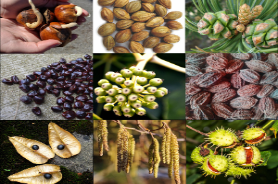





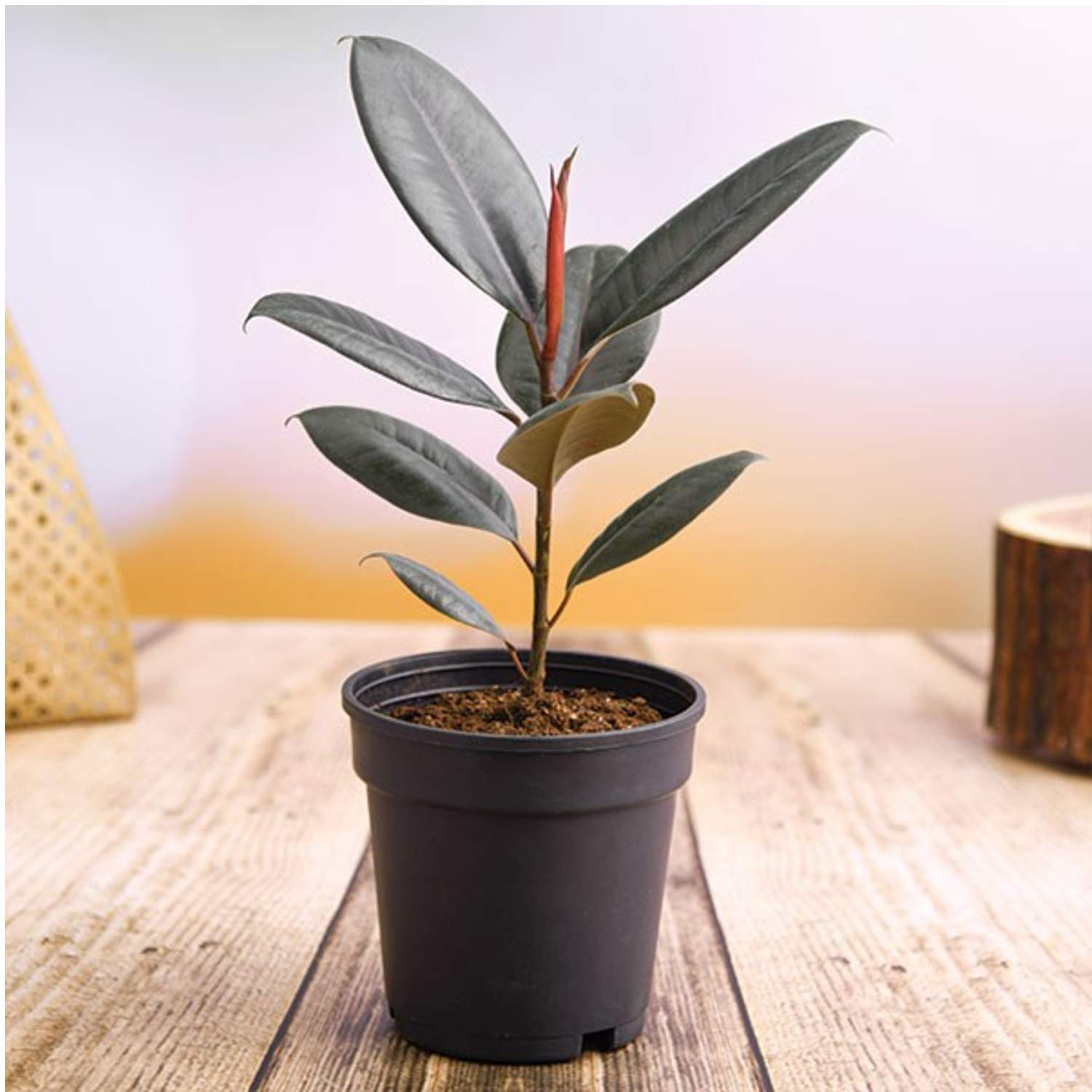
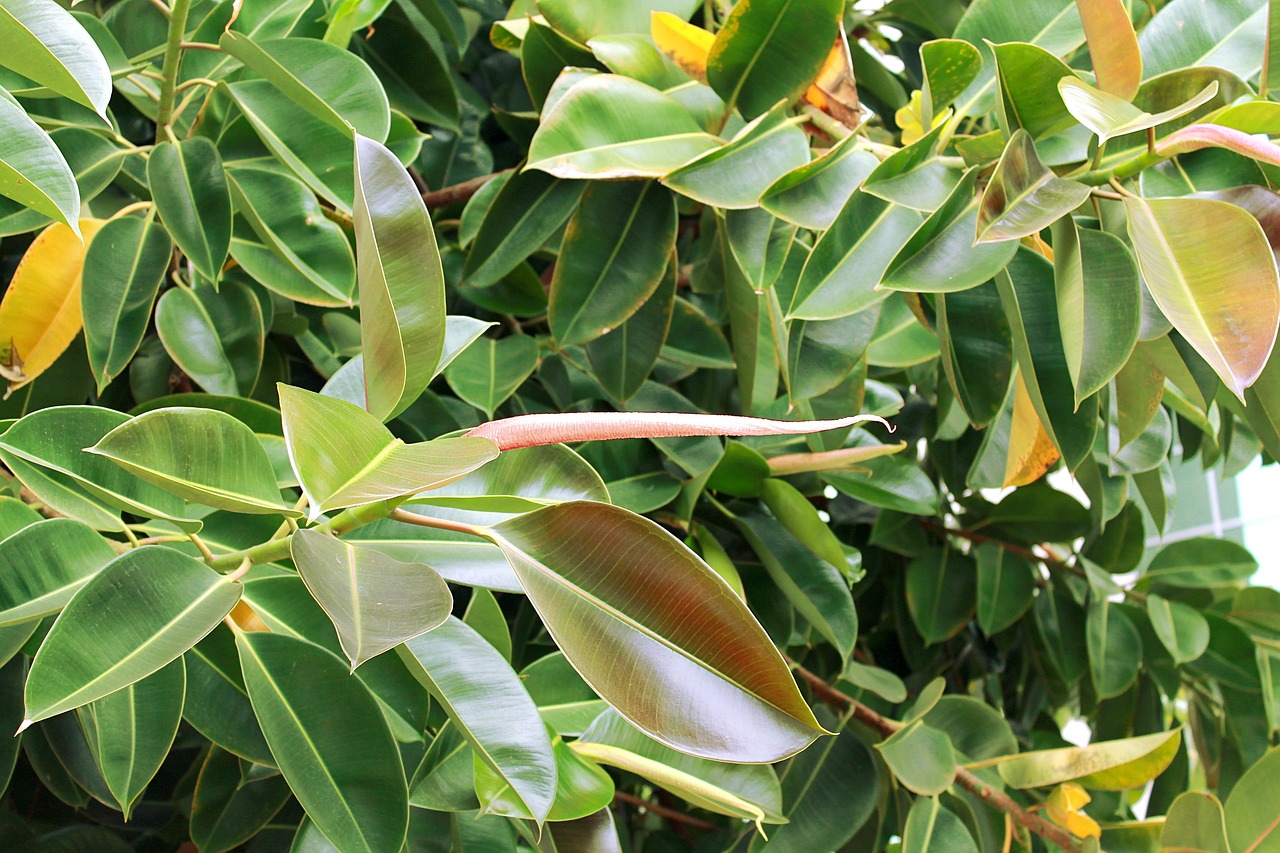
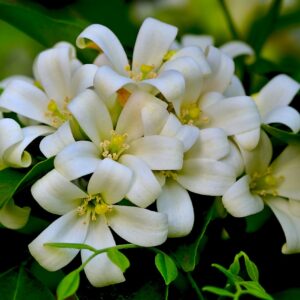

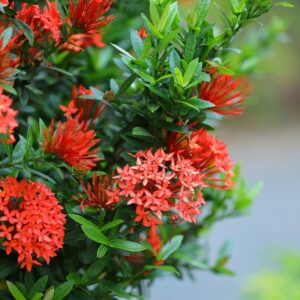

Reviews
There are no reviews yet.